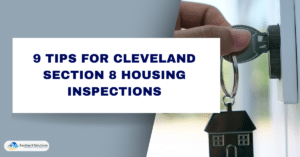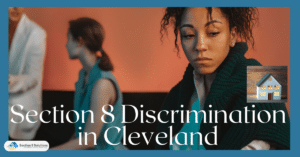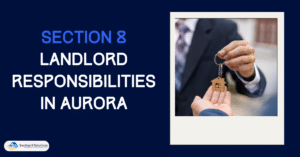living conditions. To navigate these inspections successfully, remember to keep your property well-maintained and free from safety hazards. Regular cleaning, addressing repairs promptly, and staying informed about inspection requirements will greatly improve your chances of passing with flying colors.
In this guide, we’ll delve into ten essential tips to help you successfully navigate Mesa Section 8 housing inspections and maintain a comfortable and compliant living environment.
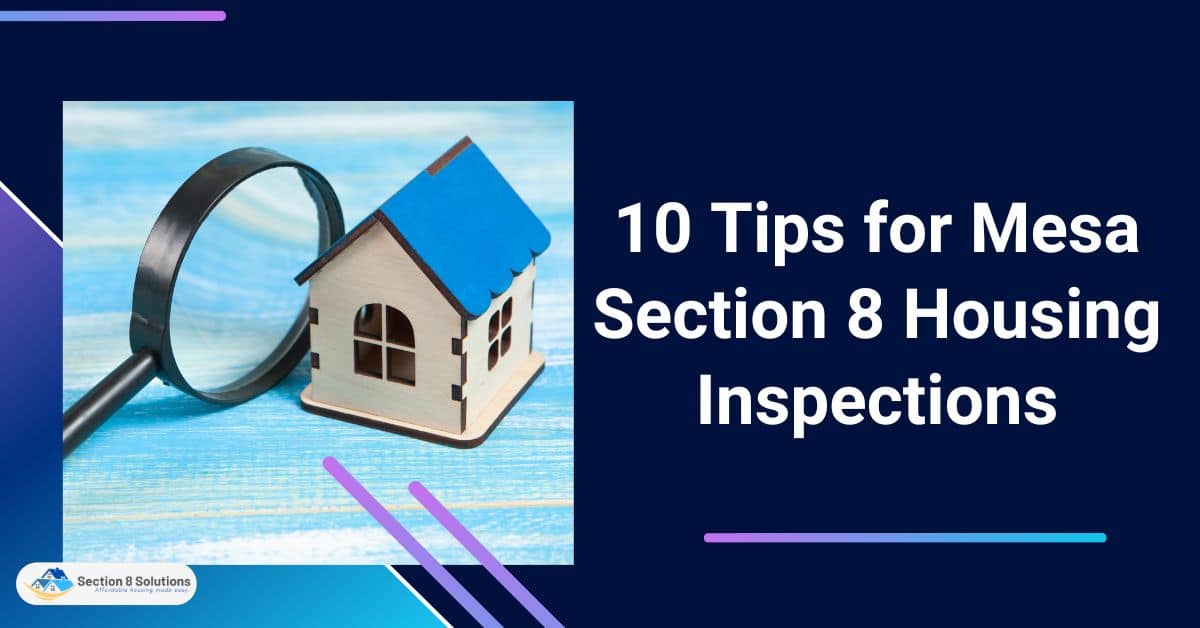
1. Know the Inspection Process
Before you embark on the journey of preparing your property for a Mesa Section 8 housing inspection, it’s essential to become well-acquainted with the inspection process itself. Take the time to thoroughly understand the specific criteria that inspectors will be evaluating. These criteria often encompass a range of aspects, including the structural integrity of the property, the implementation of safety measures, and the overall cleanliness and maintenance of the living spaces. By immersing yourself in the details of the inspection process, you equip yourself with a clear roadmap for preparation.
2. Regular Maintenance Matters
Consistency in property maintenance serves as a cornerstone of successful housing inspections. Regular upkeep not only prevents minor issues from spiraling into major problems but also showcases your commitment to maintaining a high standard of living for your residents. Address repairs promptly and methodically, focusing on areas such as leaky faucets, malfunctioning appliances, and general wear and tear. This proactive approach not only ensures the functionality of the property but also reflects your dedication to providing a comfortable and safe environment for your tenants.

3. Clear Clutter and Cleanliness
The significance of a clutter-free and clean living space cannot be overstated, especially when it comes to housing inspections. Begin your preparations by meticulously decluttering common areas and removing any debris or unnecessary items. Undertake a thorough cleaning regimen, paying attention to the finer details such as baseboards, corners, and hidden nooks. Presenting a spotless and organized property not only leaves a positive impression but also signals your commitment to maintaining the property’s aesthetic and hygienic standards.
4. Address Structural and Safety Concerns
Ensuring the safety of your property’s occupants is paramount. Take the time to conduct a comprehensive assessment for any potential structural or safety hazards. This includes scrutinizing handrails for stability, checking for exposed wiring, and inspecting flooring for stability. Addressing these concerns promptly not only enhances the safety of your residents but also demonstrates your proactive approach to creating a secure living environment that adheres to the highest standards.

5. Adequate Ventilation and Lighting
Beyond addressing structural and safety aspects, consider the comfort and well-being of the inhabitants. Adequate ventilation and appropriate lighting are crucial contributors to a positive living experience. Verify that all rooms receive ample fresh air circulation through functioning windows or ventilation systems. Assess the lighting in each space, contemplating whether additional fixtures or brighter bulbs are needed to ensure well-lit and inviting environments. Prioritizing ventilation and lighting showcases your commitment to enhancing the quality of life for your residents by creating comfortable and welcoming living spaces.
6. Smoke and Carbon Monoxide Detectors
The safety of residents is paramount, and two vital components in this regard are smoke detectors and carbon monoxide alarms. Regularly scheduled checks and tests of these devices are non-negotiable. Confirm that they are functioning correctly and effectively safeguarding the property. Replace batteries as needed, usually on a semi-annual basis, to ensure that these life-saving devices remain reliable. Remember, these detectors act as early warning systems, alerting occupants to potential fire or carbon monoxide threats, making them indispensable elements in maintaining a secure living environment.

7. Plumbing and Utility Inspection
The proper functioning of plumbing systems and utilities is central to daily life within a property. Prior to an inspection, conduct a comprehensive inspection of plumbing fixtures, drains, and utilities such as water heaters. Ensuring that these components are operating as intended not only prevents inconveniences but also contributes to the overall well-being of residents. Promptly address any leaks, clogs, or water-related issues to prevent further damage and sustain a functional living environment. By maintaining the functionality of these essential systems, you prioritize the comfort and convenience of those residing on the premises.
8. Pest Control Measures
Pest control measures are pivotal in safeguarding the living conditions of your property. Regular inspections and treatments are necessary to prevent infestations that can compromise the well-being of occupants. Implement proactive measures to keep pests at bay, such as sealing potential entry points and regularly treating the property for pests. Collaborate with professional pest control services if the situation demands specialized expertise. A proactive approach to pest control not only satisfies inspection requirements but also guarantees a clean and comfortable environment for residents to call home.
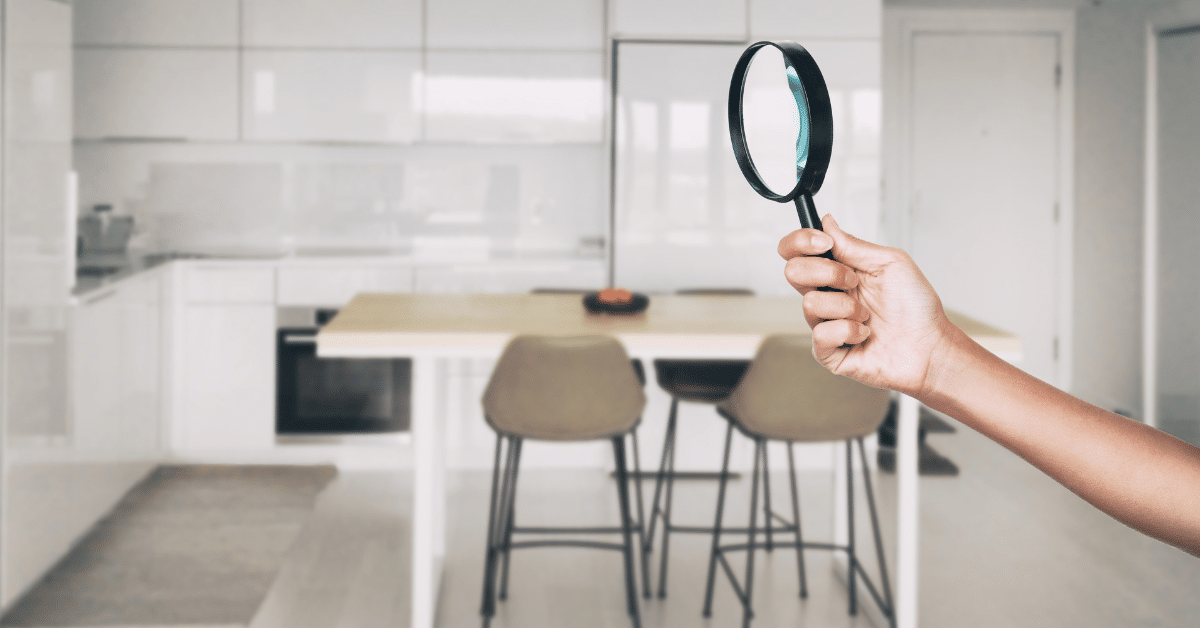
9. Compliance with Housing Codes
Ensuring compliance with local housing codes and regulations is not just about passing inspections; it’s about fostering a safe and legally sound living environment. Familiarize yourself with the specific codes that pertain to your property, covering everything from electrical systems to accessibility features. By adhering to these codes, you not only meet regulatory expectations but also prioritize the safety and well-being of residents. Staying informed and up to date on housing regulations is a hallmark of responsible property ownership that benefits both tenants and property owners.
10. Communication with Tenants
For landlords, effective communication with tenants is a cornerstone of successful property management. Open and transparent dialogue sets the stage for a harmonious living environment. Provide tenants with clear guidelines on how to maintain the property, prepare for inspections, and address any concerns they may have. Encouraging a collaborative approach in which tenants actively participate in the upkeep of the property fosters a sense of shared responsibility. By building a positive rapport with tenants, you not only streamline the inspection process but also contribute to a sense of community and mutual respect, resulting in a more harmonious living environment for all.

Conclusion
Successfully navigating Mesa Section 8 housing inspections requires dedication and attention to detail. By adhering to these ten essential tips, you create a safe, comfortable, and compliant living environment for residents, promoting a sense of community and security. Whether you’re a tenant or a landlord, these efforts extend beyond inspections—they contribute to fostering a positive living experience for all involved.



